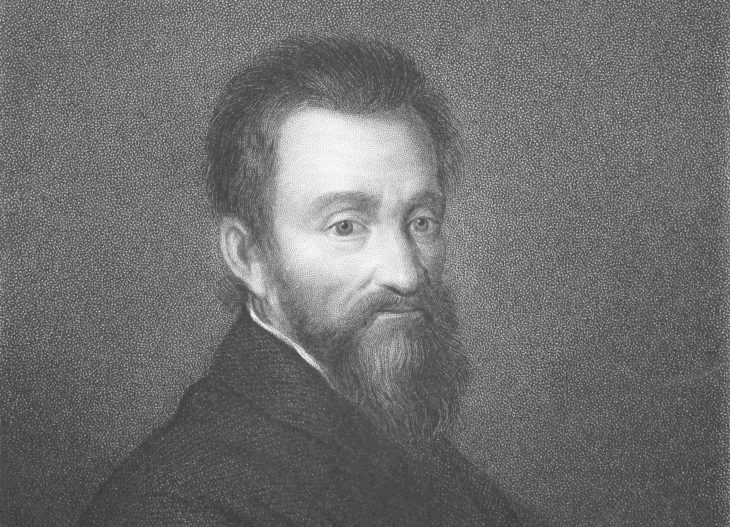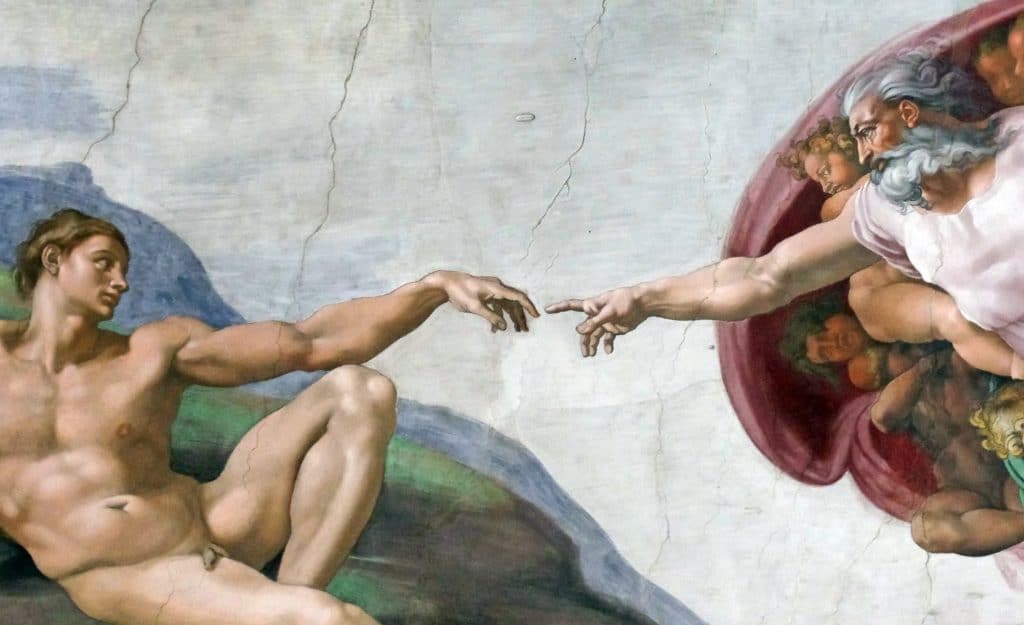
Isn’t it amazing that both of the world’s greatest artists, Michelangelo and Leonardo da Vinci, lived in the same time and country? These Italian artists have forever changed the world of arts and raised its standards, however, we’re here to talk more about the former’s life and achievements. That’s why we have here a list of Michelangelo facts to honor his memory.

To begin, in the early 1500s, Michelangelo Buonarroti (1475-1564) and Leonardo da Vinci (1452-1519), the two greatest artistic geniuses of the Italian Renaissance, worked on enormous paintings of battle scenes for the Salone dei Cinquecento in the palace of the Florentine government. There is even an ongoing debate about who’s better than the two, and based on the survey and opinion amongst experts, Michelangelo has an upper hand. Find out why with these 40 Michelangelo facts that will help you better understand this artist’s unconventional point of view.
- Michelangelo was an Italian sculptor.
- His full name is Michelangelo di Lodovico Buonarroti Simoni.
- He was born on March 6, 1475.
- Michaelangelo was also a famous painter, architect, and poet.
- He was born in the small village of Caprese near Arezzo, Republic of Florence (present-day Tuscany, Italy).
- Michelangelo is one of the greatest Italian Renaissance artists.
- The Sistine Chapel ceiling (painted by Michelangelo from 1508 to 1512) is a cornerstone work of High Renaissance art.
- Michelangelo had an exceptional influence on the development of Western art.
- His artistic skills and creativity were of such a high order that he is often recognized as a contender for the title of the archetypal Renaissance man.
- Michelangelo never married and had no children.
- Although he grew up rich, it is said that he lived near squalor and would seldom change his clothes or even bathe.
- When he turned to age 74, he succeeded Antonio da Sangallo the Younger as the architect of St. Peter’s Basilica.
- A couple of biographies were published during his lifetime.
- In his lifetime, many people refer to him as Il Divino or “The Divine One.”
- Most of Michelangelo’s family became small-scale bankers in Florence.
- Leonardo da Vinci (1452-1519) and Michelangelo are the two greatest artistic geniuses of the Italian Renaissance.
- There are a lot of Michelangelo’s works of sculpture, painting, and architecture that ranked among the most famous in existence.
- Michelangelo sculpted two of his best-known works (Pietà and David) 30 years old.
- According to rumors, he had love affairs with men and women alike.
- He was the first Western artist to publish a biography while still living.
Was this page helpful?
Our commitment to delivering trustworthy and engaging content is at the heart of what we do. Each fact on our site is contributed by real users like you, bringing a wealth of diverse insights and information. To ensure the highest standards of accuracy and reliability, our dedicated editors meticulously review each submission. This process guarantees that the facts we share are not only fascinating but also credible. Trust in our commitment to quality and authenticity as you explore and learn with us.


